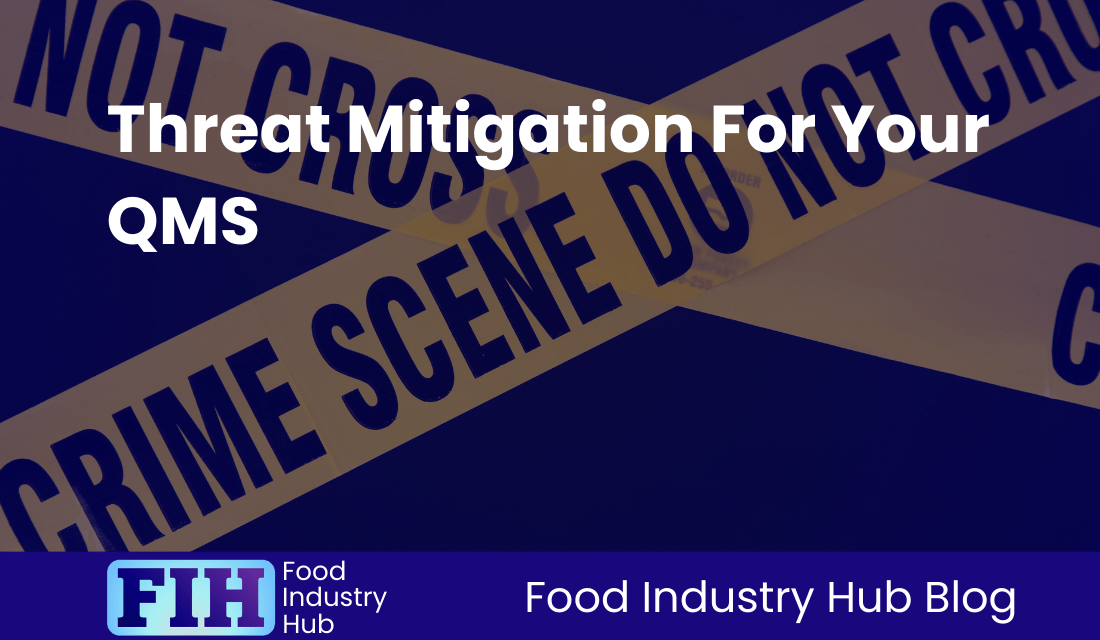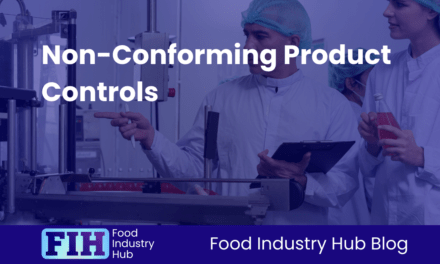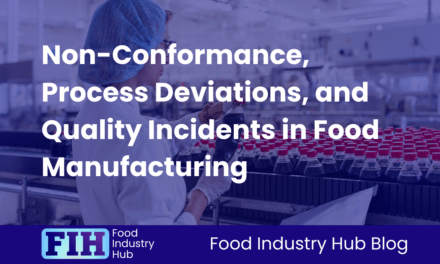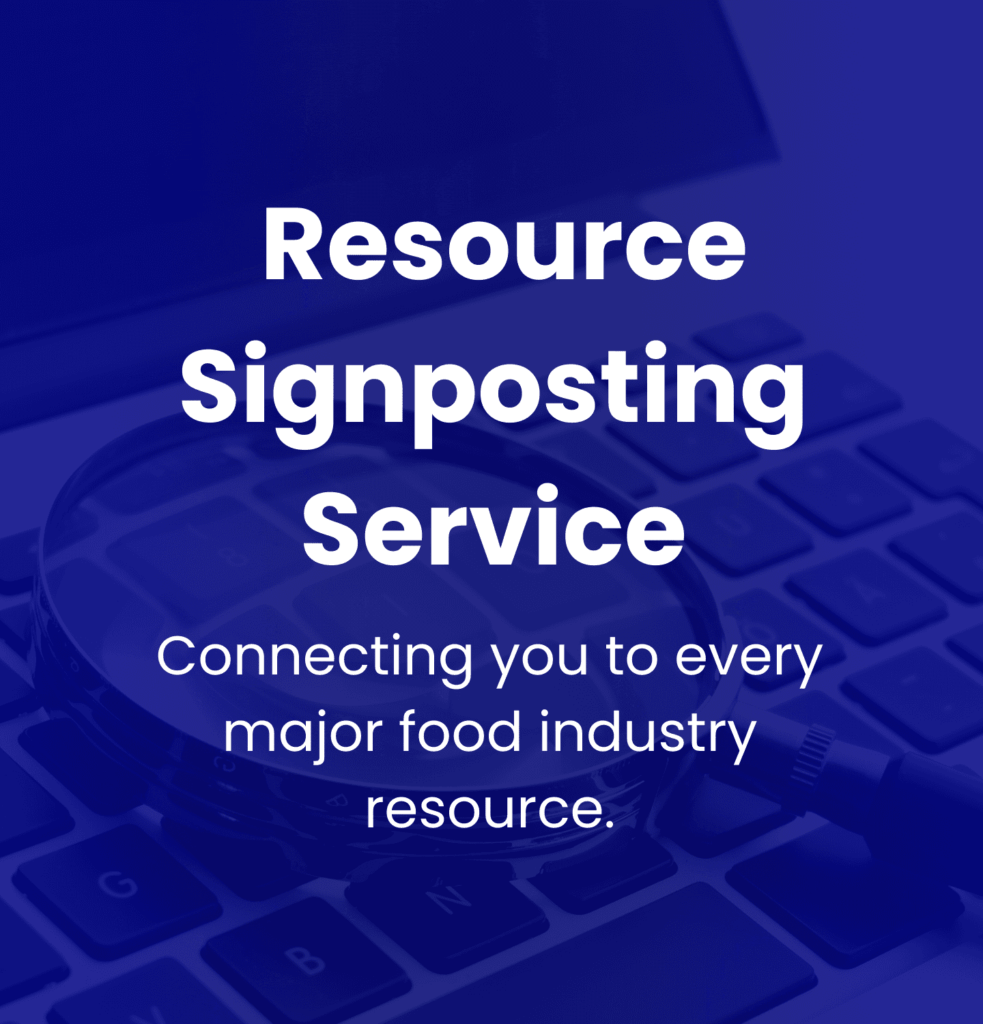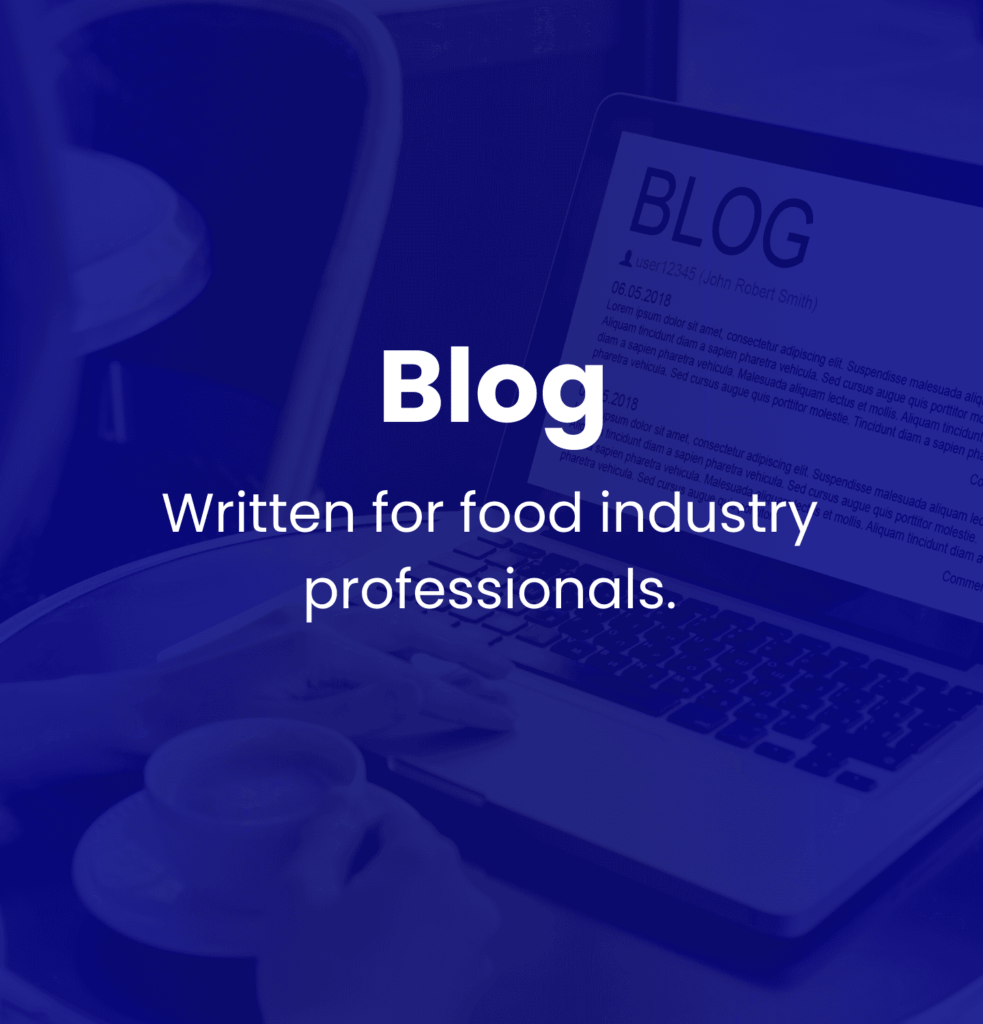Introduction
Imagine a scenario where a food manufacturer’s reputation is tarnished due to a product tampering incident that could have been prevented.
How can you safeguard your company from such threats? By implementing stringent threat mitigation strategies, you can proactively protect your brand, consumers, and bottom line.
Stay tuned to discover key tactics that can help fortify your food manufacturing operation against potential risks and ensure the safety and integrity of your products.
As we dive into the topic, you’ll be interested to know that Food Industry Hub offers integrated management systems for food manufacturers, which you can use to strengthen your assurance processes.
Table of Contents
Key Takeaways
- Threats from malicious actors are difficult to guard against because they are deliberate, and perpetrators will go to efforts to avoid discovery.
- It’s essential to be proactive in your attempts to reduce exposure to threats.
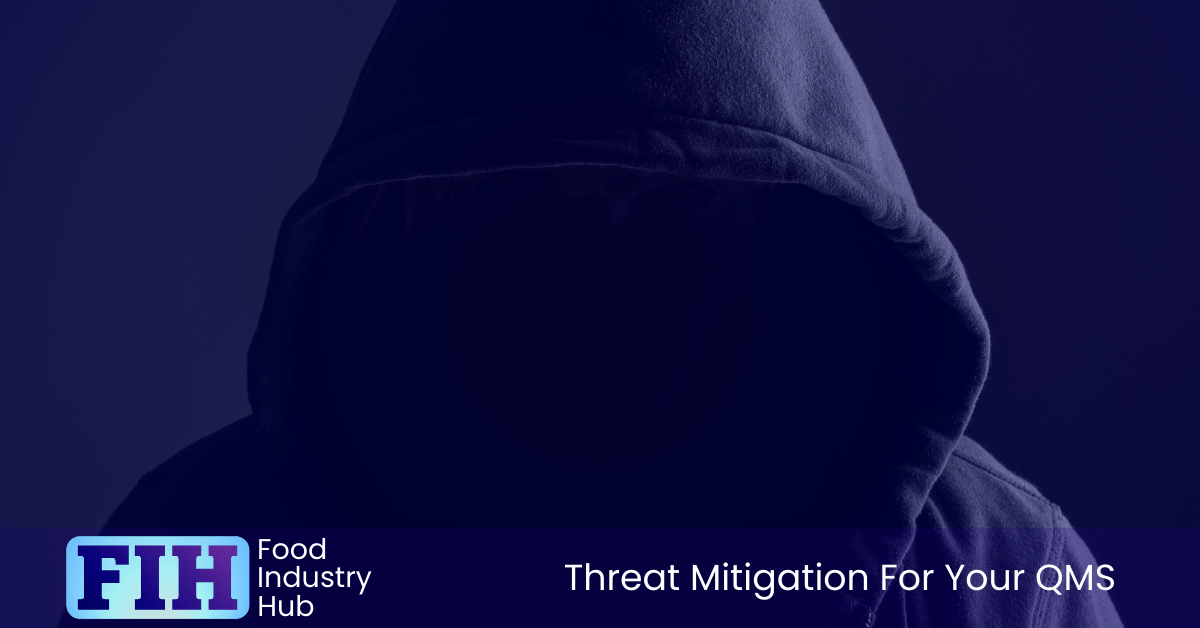
Food Industry Hub Management Systems enhances your food safety and quality assurance processes, raising the bar for confidence and assurance throughout your operations.
Malicious Actions and Mitigating Threats
To effectively defend against potential threats, food manufacturers must proactively identify and address malicious actions that could compromise their operations.
Securing your facilities physically is a fundamental first step toward this end. Implementing access controls, surveillance systems, and perimeter security can help deter unauthorised individuals from tampering with your products or processes. Training your employees on security protocols and the importance of vigilance can enhance your overall defence strategy.
Cyber threats are also a significant concern for food manufacturers. Ensuring that your network systems are secure through firewalls, encryption, and regular software updates is essential in preventing data breaches and cyber-attacks. It’s vital to educate your staff about phishing scams and other common tactics used by cybercriminals to infiltrate systems.
Regular risk assessments and audits can help you stay ahead of potential threats. By continuously evaluating your security measures and adapting them to new risks, you can create a more robust defence against malicious actions. Remember, staying proactive and vigilant is key to mitigating threats effectively.

Carrying Out a Threat Assessment
Carrying out a threat assessment involves thoroughly evaluating potential risks to your food manufacturing operations and identifying vulnerabilities that could be exploited by malicious actors. Begin by assessing the physical security of your facilities, including access points, surveillance systems, and security protocols.
Conduct a thorough review of your supply chain to identify weak points that could be targeted by attackers seeking to disrupt your operations. Consider the potential impact of natural disasters, power outages, or other unforeseen events on your manufacturing processes.
Engage with key stakeholders, including employees, suppliers, and security experts, to gather insights and perspectives on potential threats. Develop a comprehensive threat assessment report that outlines the identified risks and vulnerabilities, along with recommendations for mitigation strategies. Regularly review and update your threat assessment to adapt to evolving threats and ensure the ongoing security of your food manufacturing operations.

Sign-up for the Food Industry Hub Mail Service
We regularly produce new content for food industry professionals, and the Food Industry Hub Mail Service is the best way to stay up to date with the latest additions.
Signup today to be added to the Food Industry Hub mailing list.
Threat Mitigation Strategies
To effectively mitigate threats in your food manufacturing processes, you must challenge policy adherence, enhance goods intake procedures, and fortify storage and handling security controls.
Ensure rigorous supplier approval and performance monitoring processes are in place, and regularly conduct analytical surveillance testing.
Challenge Policy/Stranger Danger
Write a policy that states your company’s intention to challenge any individuals on site if they aren’t recognised. Incorporate this expectation into the induction training for all employees and detail the actions to be taken if they encounter anyone they don’t recognise.
Implementing a Challenge Policy is crucial for food manufacturers to safeguard against potential threats posed by strangers entering their facilities. By requiring all individuals, including employees, visitors, and vendors, to clearly identify themselves and state their purpose before entering sensitive areas, you establish a proactive security stance.
This helps prevent unauthorised access, reduces the risk of theft, sabotage, or espionage, and enhances overall safety within the premises. Regularly training employees on how to effectively enforce the Challenge Policy and empowering them to question and report any suspicious behaviour further strengthens your defence against potential threats.
Consistent implementation and reinforcement of this policy create a culture of awareness and vigilance, deterring ill-intentioned individuals from targeting your facility.

Goods Intake Procedure
Incorporate inspection of vehicles, seals, and packaging integrity into your goods intake procedure and -if appropriate- include documented checks on your intake records. Make sure the procedure details actions to be taken in the event that evidence of tampering is discovered.
A well-defined goods intake procedure is essential for enhancing threat mitigation strategies within food manufacturing facilities.
By establishing strict protocols for receiving and inspecting incoming goods, you can minimise the risk of contaminated or tampered products entering your facility. Implementing measures such as verifying supplier credentials, conducting thorough inspections, and documenting all received goods can help prevent unauthorised items from compromising food safety.
Maintaining a secure intake area with limited access can further strengthen your facility’s defences against potential threats.
Prioritising the integrity of your goods intake procedure is fundamental in safeguarding your food manufacturing operations.
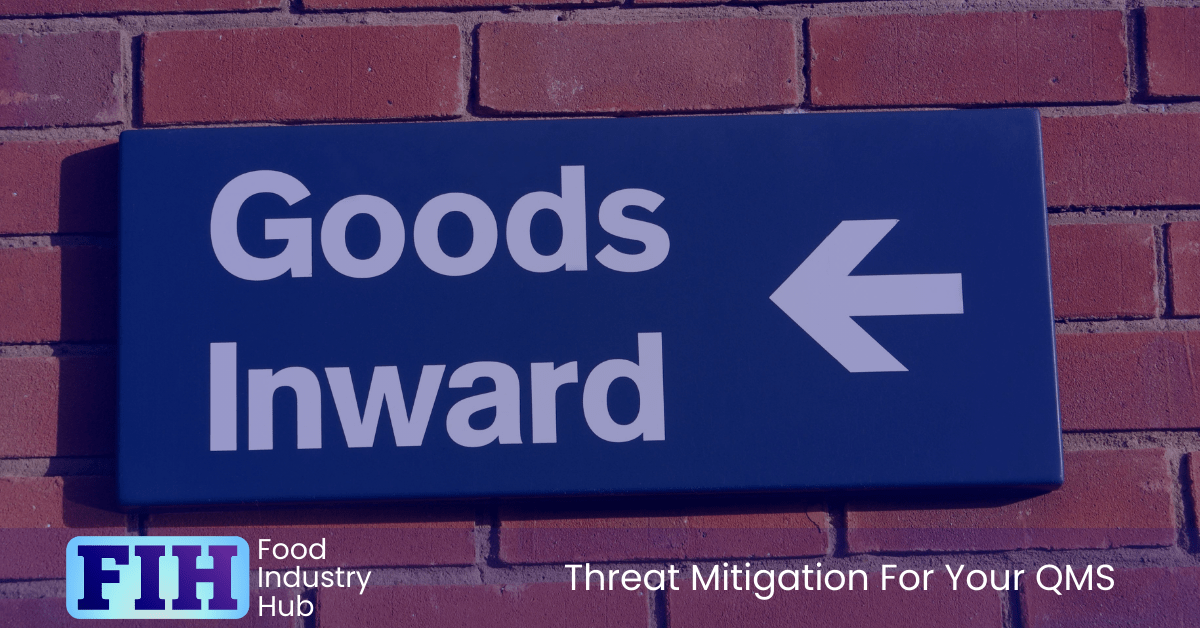
Storage and Handling Security Controls
Ensure that access to storage areas is restricted to authorised personnel only. Utilise surveillance cameras and alarm systems to monitor these areas and detect any unauthorised activities promptly.
Implement strict inventory management procedures to track all incoming and outgoing goods accurately. Regularly inspect storage facilities for any vulnerabilities or signs of tampering.
Train your staff on proper handling procedures and security protocols to minimise risks of contamination or theft. By prioritising storage and handling security controls, you can reduce the likelihood of threats impacting your food manufacturing processes.
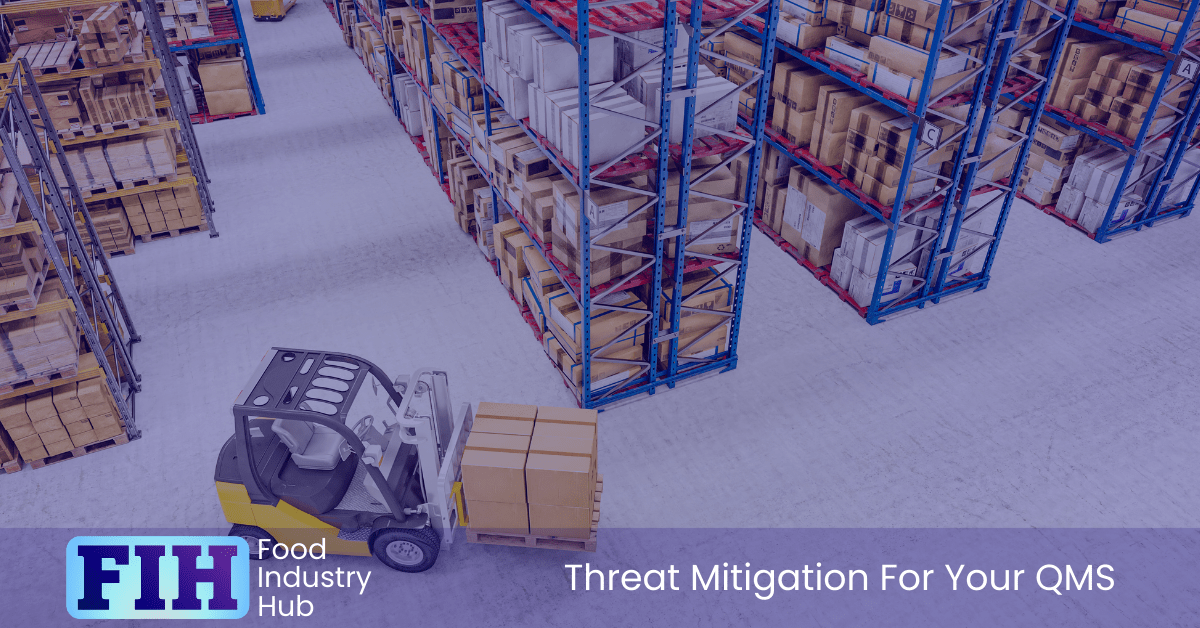
Supplier Approval and Performance Monitoring Processes
Include instructions for carrying out a vulnerability assessment at raw material approval (as part of the supplier approval procedure). Make sure to include regular review of developing risks and horizon scanning. As a matter of policy, preferentially source raw materials from suppliers with favourable risk profiles over higher-risk sources.
Remember, food authenticity risks form an important part of the site’s HACCP risk assessment. Food manufacturers have an obligation to stay informed of new risks to the authenticity of raw materials (among other things) – which is a function of senior management commitment.
Establish stringent supplier approval processes to ensure they meet your assurance standards. Conduct thorough background checks, site inspections, and audits to assess their reliability.
Put into place clear performance metrics and key performance indicators to track supplier performance consistently. Regularly review supplier performance to identify any deviations or red flags promptly. Develop contingency plans for alternative suppliers in case of any issues with current ones.
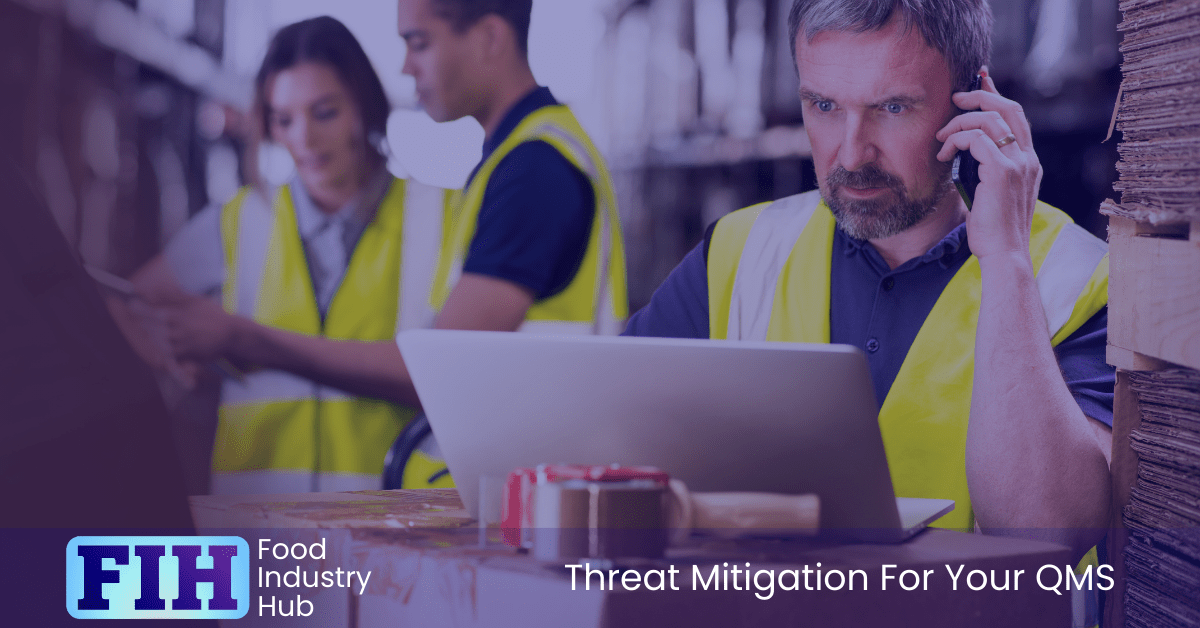
Analytical Surveillance Testing
Implement analytical surveillance testing as a key strategy for mitigating threats in your food business. Regular testing of raw materials, production environments, and finished products helps identify potential contaminants arising from malicious actions.
As an outcome from your raw material risk assessment, any raw materials found to be at elevated risk should be subject to analytical testing for authenticity verification. This can be documented by way of your sampling schedule and testing procedures.
Keep in mind that malicious actors may try to avoid detection – so malicious product contamination may not always be identified through standard analytical approaches.
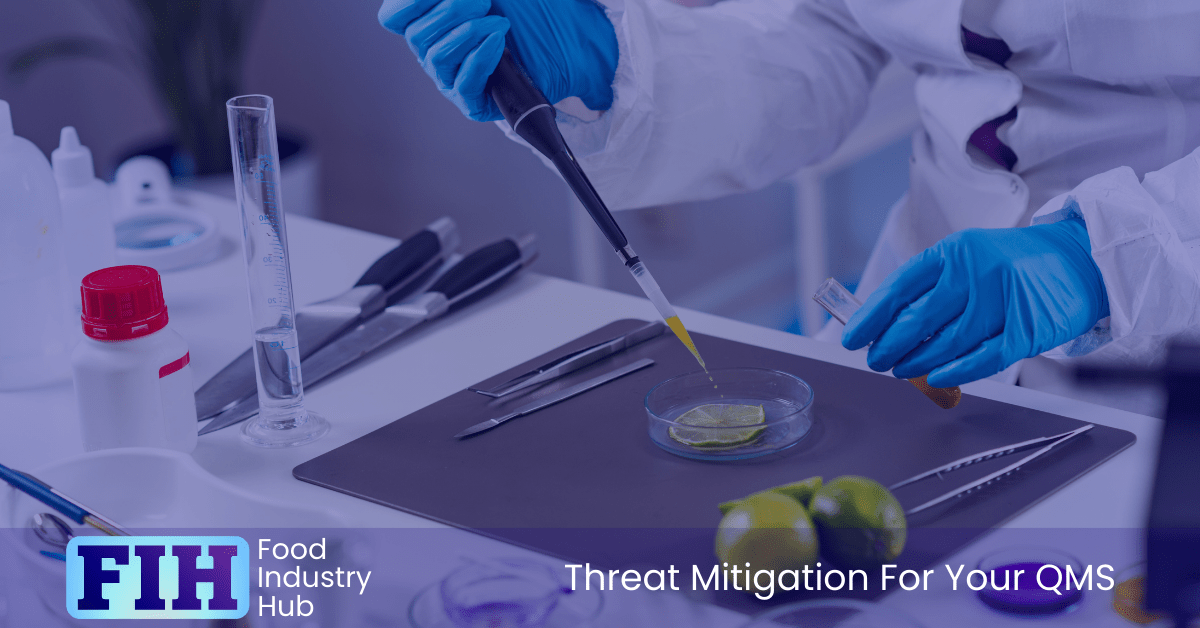
Security and Movement of People Procedure
Maintain strict security protocols and regulate the movement of individuals within your food manufacturing facility to enhance threat mitigation strategies. Implement access control measures such as ID badges, security checkpoints, and restricted areas to monitor and control the flow of people.
Conduct regular training sessions to educate employees on security procedures and the importance of reporting any suspicious activity. Utilise surveillance cameras strategically placed throughout the facility to monitor movements and identify potential security breaches.
Implement visitor management protocols to ensure that external individuals are properly vetted before entering sensitive areas. By enforcing these security measures, you can create a safer environment within your food manufacturing facility and reduce the risk of security threats.
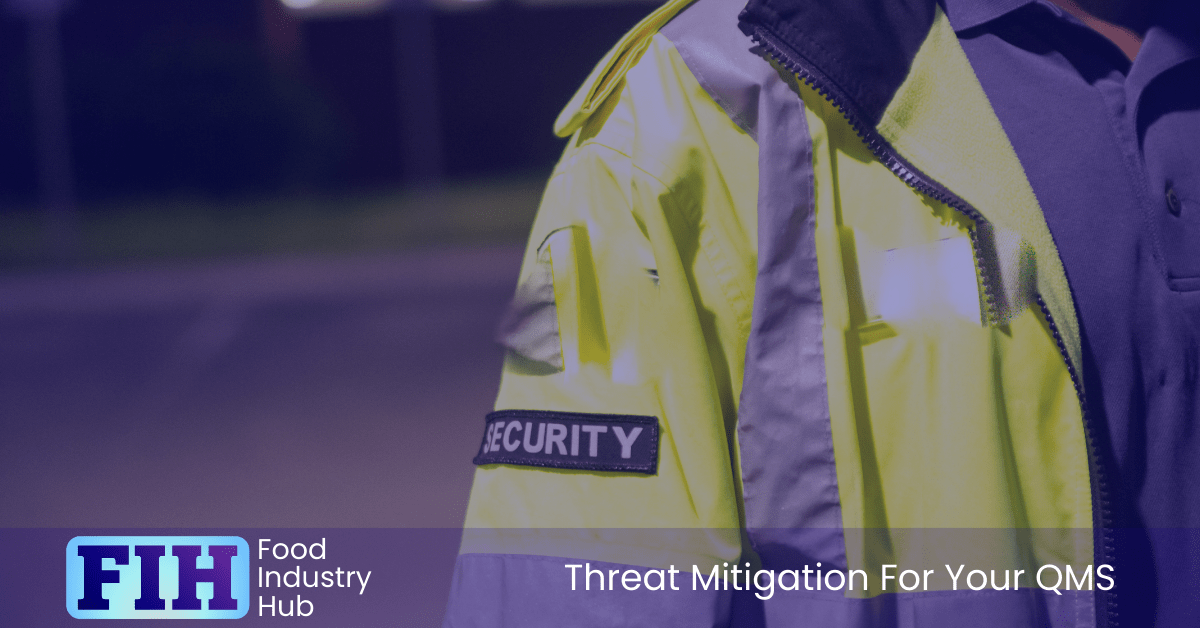
IT and Cyber Security
Use firewalls, antivirus software, and intrusion detection systems to protect your network from cyber threats.
Regularly update software and systems to patch vulnerabilities that could be exploited by hackers. Implement strong password policies and multi-factor authentication to enhance access control.
Conduct regular security training for employees to raise awareness about phishing scams and other cyber threats. Backup critical data regularly and store it securely to prevent loss in case of a cyber attack.
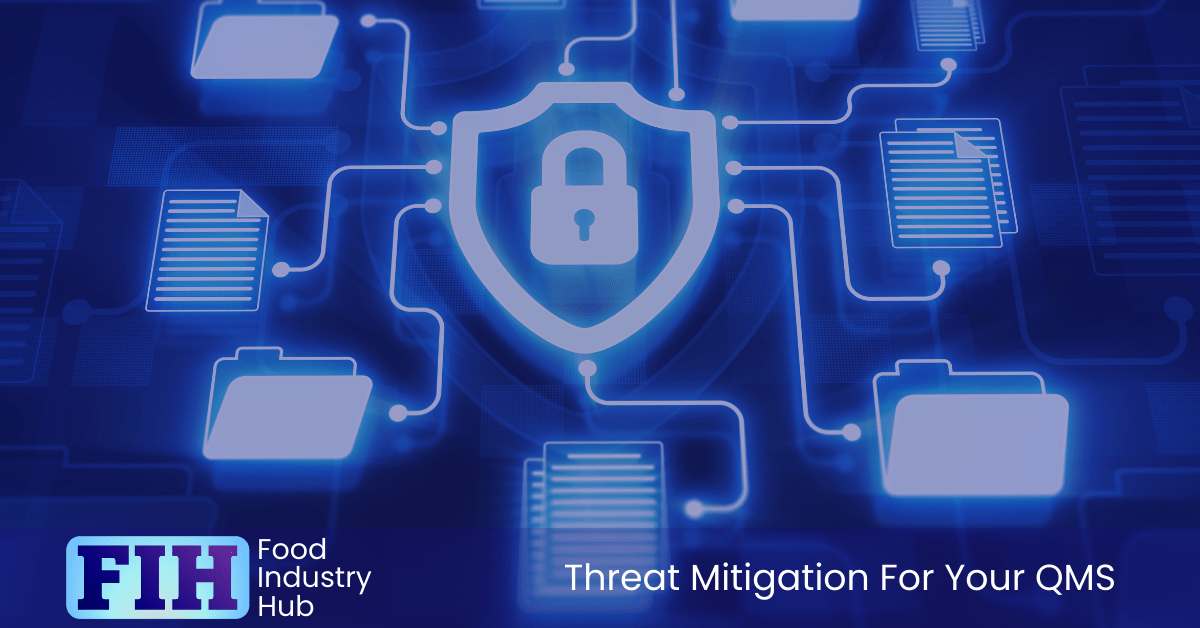
Confidential Reporting
To strengthen threat mitigation efforts, ensure that your food manufacturing facility establishes a confidential reporting system for employees to promptly and securely report any suspicious activities or potential threats. Encourage employees to speak up without fear of retaliation and make sure the reporting process is easily accessible and well-communicated.
Make it company policy that if any employee witnesses suspicious or malicious activity, they are expected to escalate using your confidential reporting system.
Designate a specific individual or team responsible for receiving and investigating reports, maintaining confidentiality throughout the process. Provide clear guidelines on what types of incidents should be reported and the steps to take in case of an emergency.
Regularly remind and educate employees on the importance of reporting any concerning behaviour to maintain a safe and secure work environment.
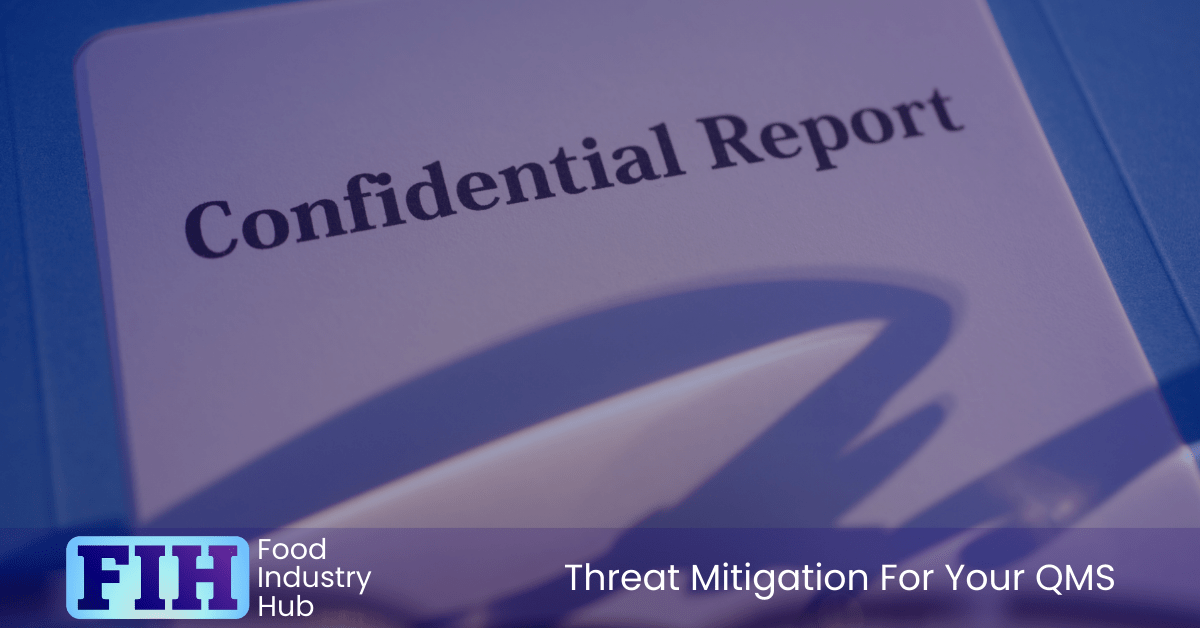
Dispatch and Transport
Start by implementing strict access controls to loading areas and vehicles, ensuring only authorised personnel handle and supervise the transportation of goods.
Conduct regular security checks on vehicles to detect any tampering or signs of potential threats.
GPS tracking and real-time monitoring systems can help to keep a constant tab on the location and status of shipments.
Implement secure packaging practices to prevent contamination or tampering during transit.
Provide comprehensive training to drivers and personnel on security protocols and emergency response procedures to handle any unforeseen situations effectively.

Manufacturing and Recipe Control
Implementing stringent quality control measures in manufacturing processes is critical for mitigating threats related to recipe control in food production. By ensuring that only authorised personnel have access to the recipes and ingredients, you can reduce the risk of tampering or unauthorised modifications.
Identify all recipes that could be subject to substitution of raw materials and produce work instructions detailing permissible substitutions. For example, free-range egg may be used in place of caged egg, but caged egg may not be used in place of free-range egg.
Training employees on the importance of recipe control and the potential consequences of unauthorised changes is also key in maintaining the integrity of your products. By prioritising manufacturing and recipe control, you can enhance the security and quality of your food production processes.
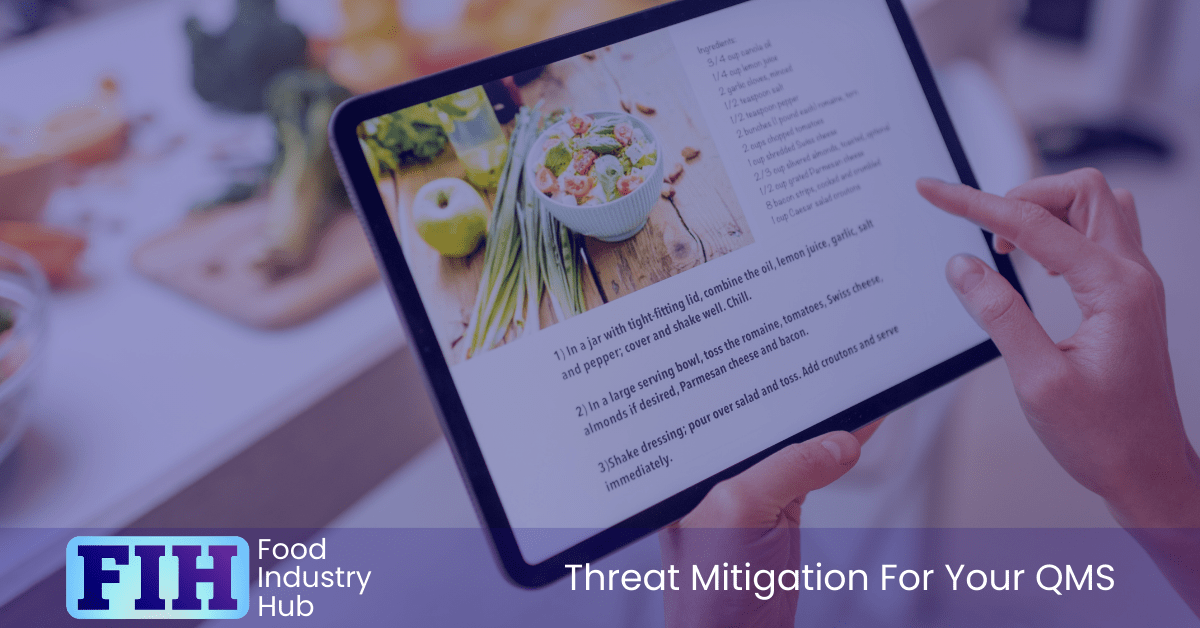
Visitor and Contractor Controls
Ensure strict controls are in place for managing visitor and contractor access within your food manufacturing facility. Implement a clear visitor and contractor policy outlining the procedures for entry, identification requirements, and areas they’re allowed to access.
All visitors and contractors should be escorted while on-site to prevent unauthorised access to sensitive areas. Provide training to employees on how to verify the identity of visitors and contractors and whom to contact if there are any concerns.
Use visitor logs to track entry and exit times, along with the purpose of their visit. Regularly review and update access control measures to adapt to changing security needs and potential threats.

Culture and Morale (Avoiding Disgruntled Employees)
Disgruntled employees are arguably the greatest threat to the integrity of your products. Almost by definition, for someone to commit a malicious action, there needs to have been some kind of motivation – and the best defence against disgruntled employees is to keep staff as happy and content as you can. Pay generously, offer opportunities for progression, and respond appropriately to employee feedback.
To foster a positive work environment and reduce the risk of disgruntled employees in your food manufacturing facility, prioritise open communication and regular feedback sessions with your team.
Encourage a culture where employees feel heard and valued, as this can boost morale and overall satisfaction. Be transparent about company goals, performance expectations, and any changes that may impact the team.
Address concerns promptly and constructively to prevent issues from escalating. Implement recognition programs to acknowledge hard work and dedication, fostering a sense of appreciation among employees.

In Summary
Malicious actions are inherently difficult to control against, compared to unintended food safety hazards. A piece of metal wont deliberately fight to circumvent a metal detector, but malicious actors will deliberately attempt to undermine your threat mitigation efforts.
Implementing threat mitigation strategies is crucial for food manufacturers to protect their products and maintain consumer trust.
By conducting thorough threat assessments and implementing appropriate safeguards, companies can reduce the risk of malicious actions and ensure the safety and integrity of their products.
Stay vigilant and proactive in addressing potential threats to safeguard your business and reputation in the food industry. Implementing the above controls will provide a structure for threat mitigation compatible with existing business processes, protecting your brands and facilitating compliance evidence.
Further Resources
Food Industry Hub serves the food industry with a range of digital resources for the benefit of both commercial food manufacturers and food industry professionals.
For food manufacturers, we offer integrated management systems that give every user a direct interface with your QMS.
For food industry professionals, we provide an extensive signposting service in addition to informational content we hope you’ll find useful as you face new professional challenges. We have very ambitious plans to expand the range of services offered, and currently present informational content on management, safety and quality, and professional success.

